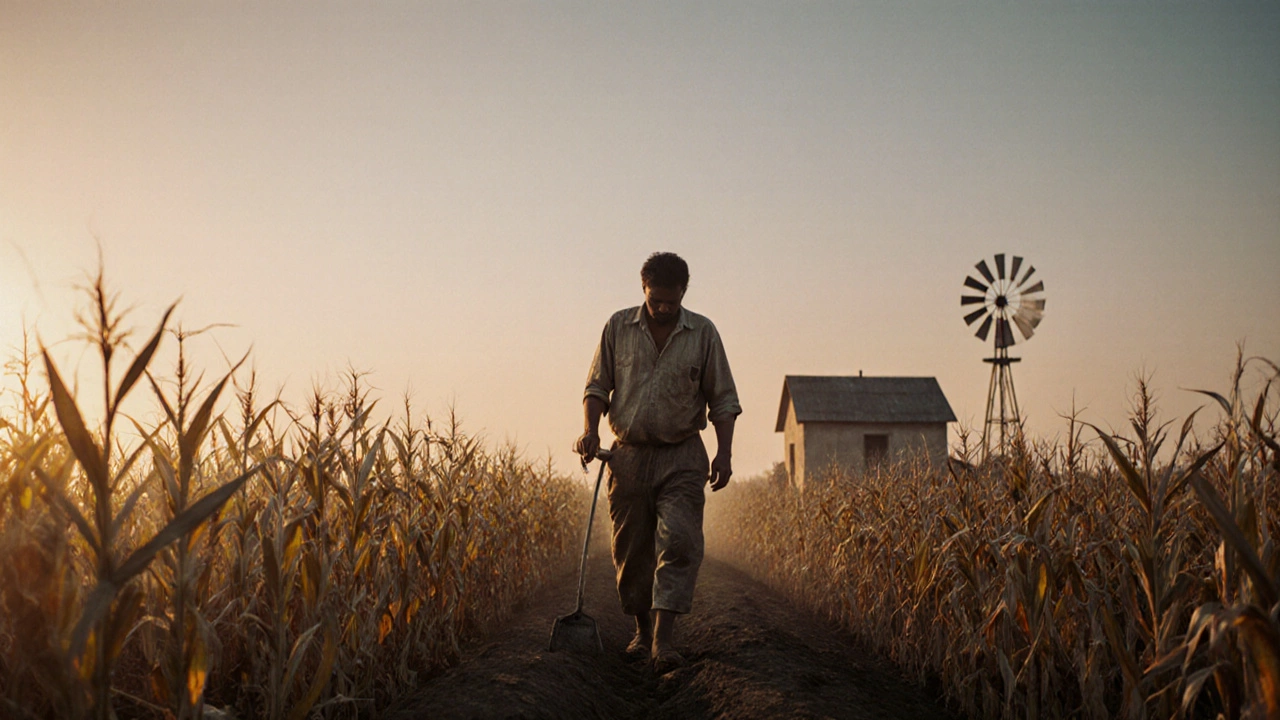Daily Farming Hours: What Real Farmers Do and How It Connects to Tech and Sustainability
When we talk about daily farming hours, the total time a farmer spends working the land each day, often under extreme conditions. Also known as agricultural labor time, it’s not just a number—it’s the heartbeat of India’s food system. Most smallholder farmers in India work 10 to 14 hours a day, six or seven days a week. They wake before sunrise to irrigate, plant, or harvest—often without machinery, clean water, or reliable electricity. These aren’t abstract stats. They’re the reality for over 80% of India’s 146 million farmers.
This grind doesn’t happen in a vacuum. It’s tied directly to farming technology, tools and systems designed to reduce labor and boost yields. Also known as agritech, it includes everything from solar-powered water pumps to mobile apps that warn farmers about pests. But tech alone doesn’t fix long hours. If the tool doesn’t fit the farmer’s rhythm, language, or budget, it sits unused. That’s why successful innovations—like the ones in our posts on technology transfer, the process of moving research from labs to real farms—focus on user needs, not just specs. A drip irrigation system that saves water means nothing if the farmer can’t afford the maintenance or doesn’t know how to fix it.
And here’s the link you won’t hear in boardrooms: long daily farming hours are why sustainable farming, practices that protect soil, water, and farmer well-being over the long term isn’t just eco-friendly—it’s survival. When a farmer works 12 hours just to feed their family, they can’t afford to experiment with organic methods that take two years to pay off. Real sustainability means reducing labor first, then improving yield. That’s why solar pumps, weather-based crop advice, and shared tractor services are changing lives faster than any subsidy.
What you’ll find in the posts below isn’t a list of generic tips. It’s a collection of real stories about how innovation connects to the ground. You’ll see how renewable energy, power sources like solar and wind that replace fossil fuels cut fuel costs for irrigation. How public health programs, community efforts to prevent disease and improve living conditions help farmers stay healthy enough to work. And how research collaboration, when scientists, farmers, and engineers work together turns theory into tools that actually get used.
There’s no magic fix for long farming days. But there are real solutions—ones that start by listening to the people who work the soil. What follows isn’t just information. It’s a roadmap to what works, where, and why.




